Had your fill of temples and paddies? Check out these Asian attractions you may not have yet considered.
1. Hoh Xil, Tibet
It’s not hard to see why Tibetian plateau Hoh Xil is the world’s third least populated area. The 45,000-square-kilometer nature reserve sits at 4,700 meters above sea level, and is subject to harsh rains and sandstorms throughout the year.
Despite the extreme climes, Hoh Xil, or Kekexili, supports up to 21 endangered wildlife species, including the Tibetan antelope, the wild yak, and the Tibetan wild donkey. The Chinese government lifted a ban on visitors to the ecologically fraught area last year, and now explorers can apply for five to six day eco-tours to Hoh Xil. We’re expecting queues as the amount is limited to under 1,000 every year.
2. An Bang Beach, Vietnam

Coastal old town Hoi An in Central Vietnam is best known for its bespoke tailors’ shops, excellent beaches and fresh seafood. Most tourists head to Cua Dai beach at the end of Cua Dai road, some four kilometers out of town. Although it’s a lovely spot, it can become crowded and is prone to police surveillance.
An Bang, a beach at the end of Hai Bai Trung street outside town, is a great alternative. It’s mostly a hangout for local holiday makers but recently foreigners have opened a few beach shack bars. There’s good food, hammocks a-plenty and the odd film night at these locations.
The watering holes can get blown away during the violent storm season, but rest assured – they’re usually rebuilt in a flash.
3. Shodoshima, Japan
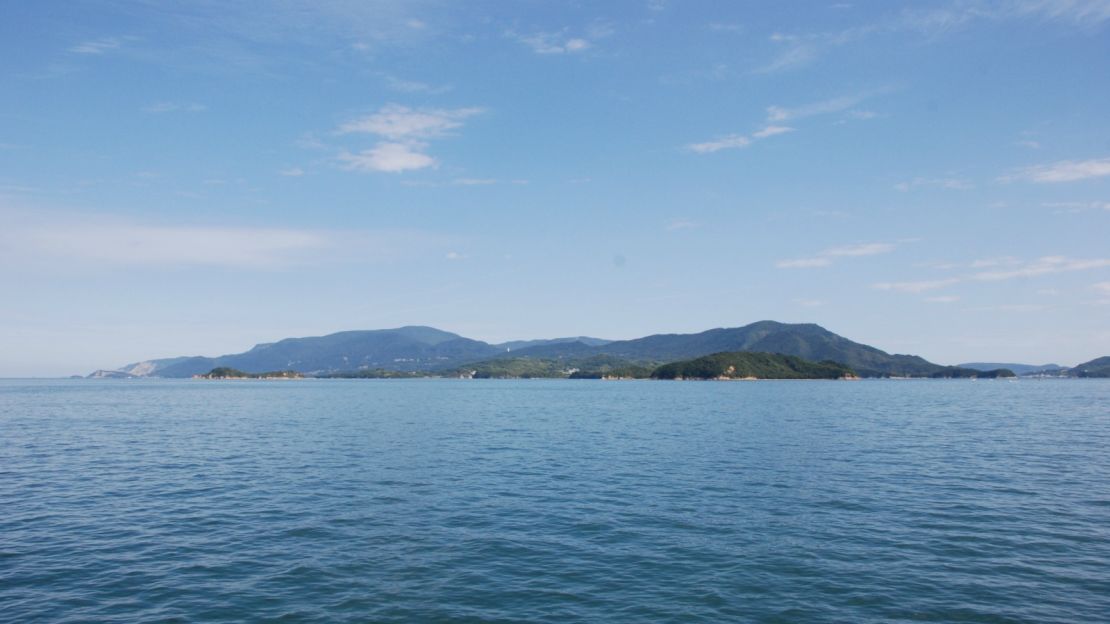
Shodoshima, or the Island of Little Beans, is Japan’s take on Mediterranean sensibilities.
Although you’d be hard-pressed to find a foreign traveler who knows about the island, it’s famous among Japanese domestic tourists for its verdant olive groves, hot springs and wild monkeys. The 817-meter Mount Hoshigajo-san, which translates as “Mount Kingdom of Stars,” is an excellent vantage point for Shodoshima’s scenic landscape, including the famous Kankakei and Choshi-kei valleys.
The island’s many hot springs provides reprieve for tired feet after a long day of country rambling.
4. The Wild Wall, China
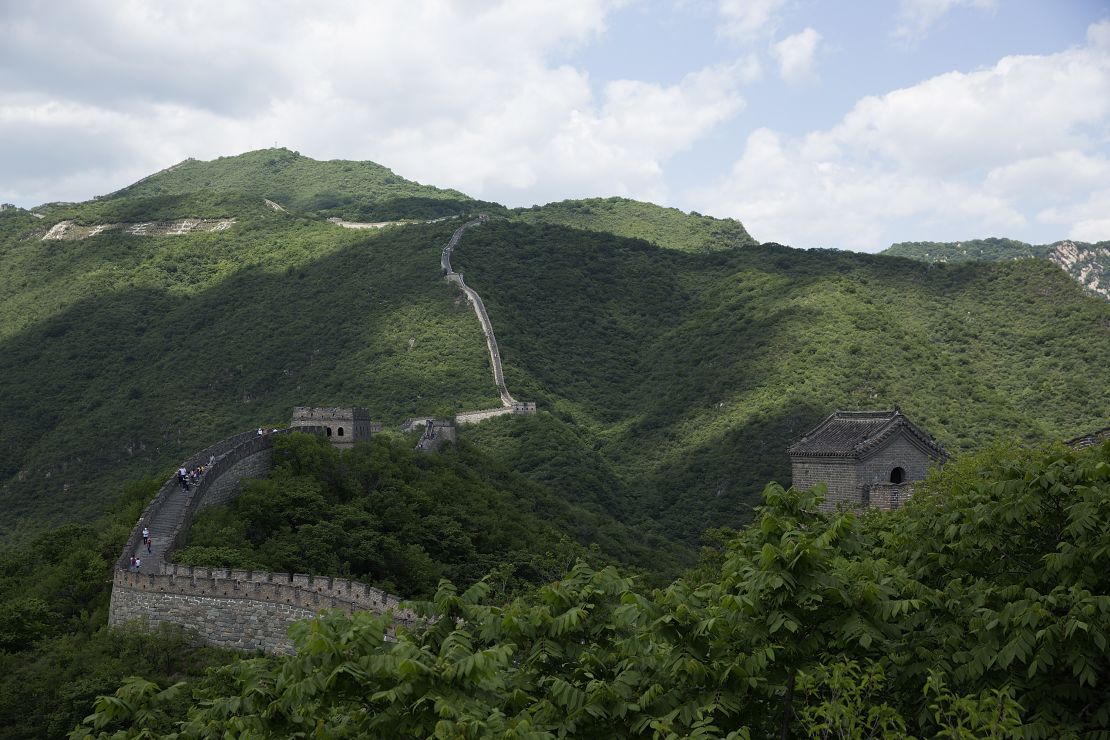
The Great Wall of China might have kept out barbarian hordes, but is futile against Chinese kitsch. The Wall’s most popular areas – Badaling and Mutianyu – are often overrun with tourists and hawkers.
Hiking and camping on the Wild Wall – the unrestored bits, often in ruins and overgrown – is the best way to experience its true majesty. There are some 640 km of wall north of Beijing, much more in bordering Hebei province and beyond, and it’s remarkably easy to find a section to yourself. At sections of the Wild Wall you can hike for hours without seeing another traveler. Bring a sleeping bag, spend the night in a crumbling watchtower and imagine you’re a Ming sentry waiting for an encroaching Mongol army.
A 10-km stretch of Wild Wall between Jinshanling and Simatai is a popular section for hiking, and Huanghuacheng also has well-preserved sections. Beijing taxis will take you to the wall for about $70 round trip.
5. Garden of Dreams, Nepal
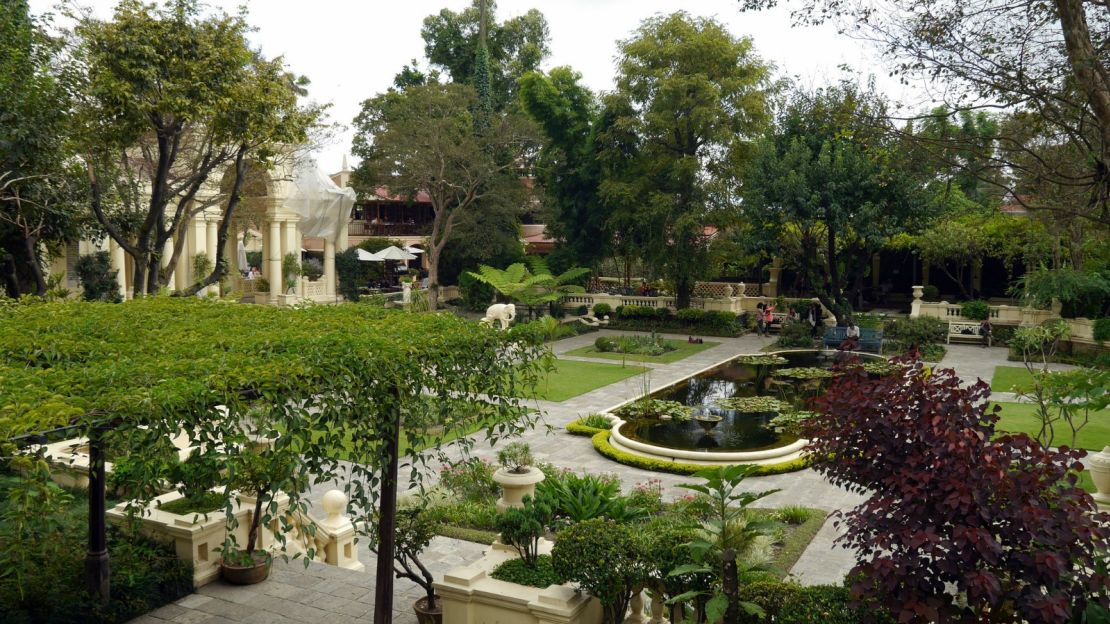
After spending a few days in Nepal’s chaotic capital of Kathmandu, head straight to Garden of Dreams for sanctuary.
The Garden of Dreams, also known as Keshar Mahal, is just inside the entrance to Thamel on the right. While Thamel is usually a traveler’s first stop in Kathmandu, many tourists and residents pass by the deserving Garden of Dreams without a blink.
With exotic plants and distinctly European-influenced Nepali pavilions and gardens, along with the restaurant and bar operated by the prestigious Dwarika’s Hotel, Garden of Dreams is a great place to relax. Walk through the small exhibit showcasing the renovations the garden went through from royal decay to Austrian-led restorations, or read a book next to the fountains and doze off for a light nap. It’s best to visit in the early evening, so you can view the grounds in daylight and dine in the romantically-lit pavilions later. Entry fee is $1.50 (Rs 160).
6. Ratu Boko, Indonesia
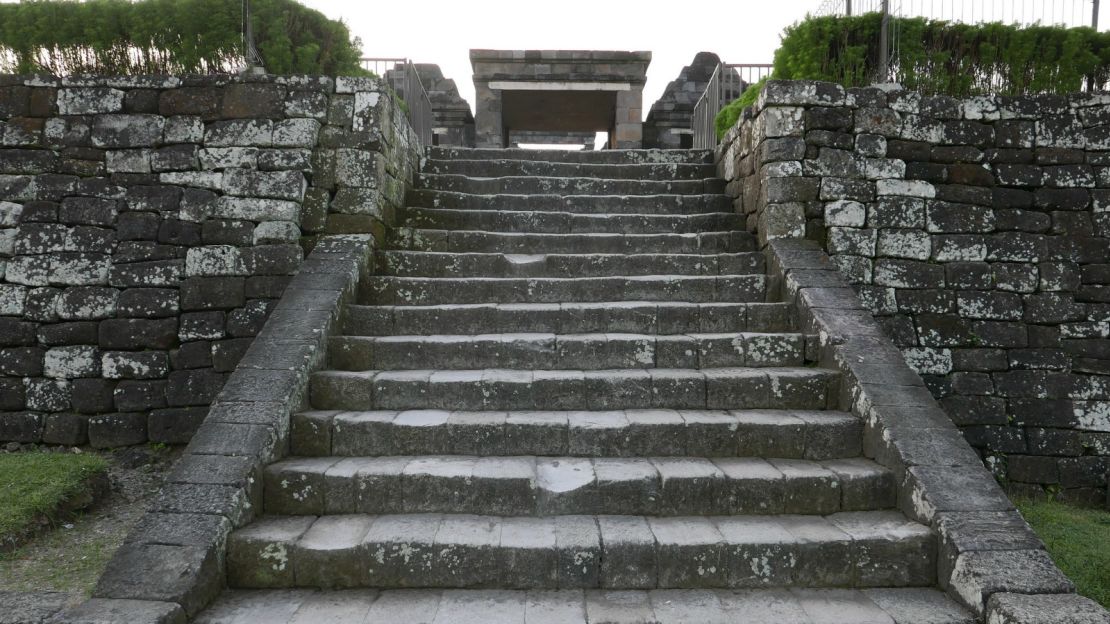
The Yogyakarta region is practically a museum of dynastic history in Indonesia. The famed Buddhist temple Borobodur and its Hindu counterpart Prambanan typically lures crowds for its detailed relief. Nearby, however, the oft-overlooked palace complex of Ratu Boko provides an even more imaginative glimpse of the region’s cultural and religious origins.
Set on a ridge called the Thousand Hills, Ratu Boko offers expansive views of Prambanan as well as Java’s most active volcano, Mt Merapi. Only the foundation of the palace remains, as do former bathing pools. A mysterious well near the complex’s cremation site is a place of pilgrimage for the region’s Hindus, who say the water has sacred properties.
7. Rua da Tercena, Macau
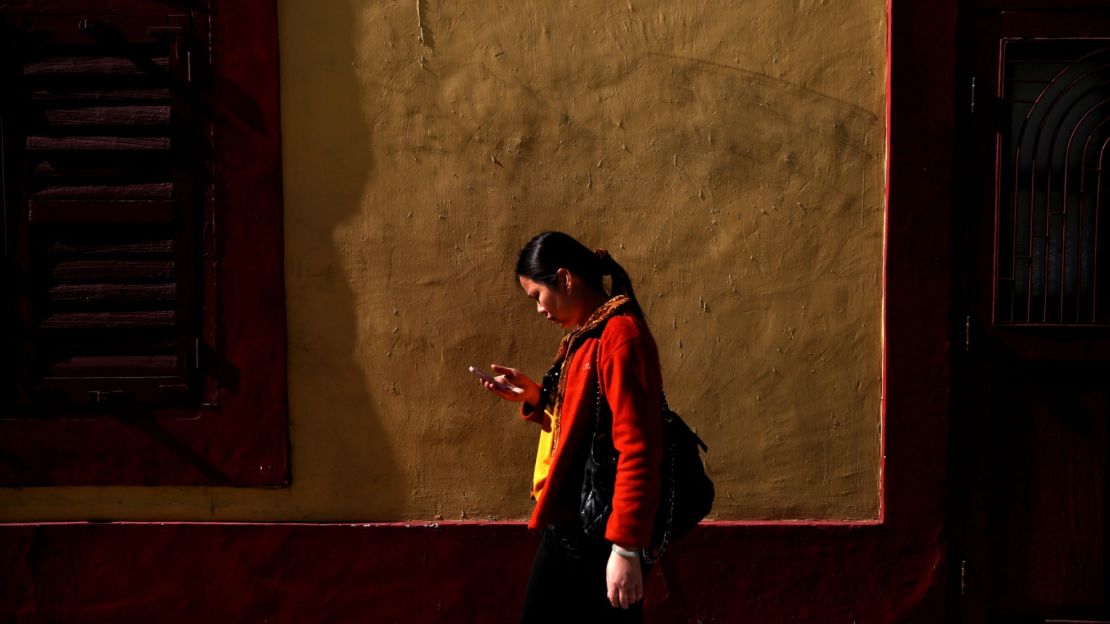
Amid Macau’s casino boom, the antiquated Rua da Tercena remains an overlooked part of town.
A drastic departure from the overdone tourist kitsch that’s invaded the other parts of Macau, Rua da Tercena reminds visitors of what the old Macau was like before the multinational corps moved in. Craftsmen crouch in the street making Chinese furniture and cluttered antique stores don’t open until late in the afternoon. Street food stalls in street corners sells sumptuous local delicacies such as stewed cow offal and coconut ice cream.
Rua da Tercena lies next to bustling tourist hotspot Rua de Sao Paulo, and is within walkable distance from Sofitel at Ponte 16.
8. Koh Kood, Thailand

Koh Kood in Thailand is possibly one of the very few places that can live up to the myth of the unpeopled Asian beachy paradise. It’s got the necessary props – a rainforest, quaint fishing villages, coconut plantations, snorkeling spots, and a population of less than 2,000.
It’s also sufficiently out-of-the-way. Getting there requires an hour’s plane ride from Bangkok’s Trat airport, or a train and boat expedition from Bangkok. The Koh Kood experience is like taking a step back in civilization: minimal electricity, Internet access, and cars. The accommodation on the island ranges from wildly expensive resorts to homestays.
9. Haedong Yonggung Temple, South Korea
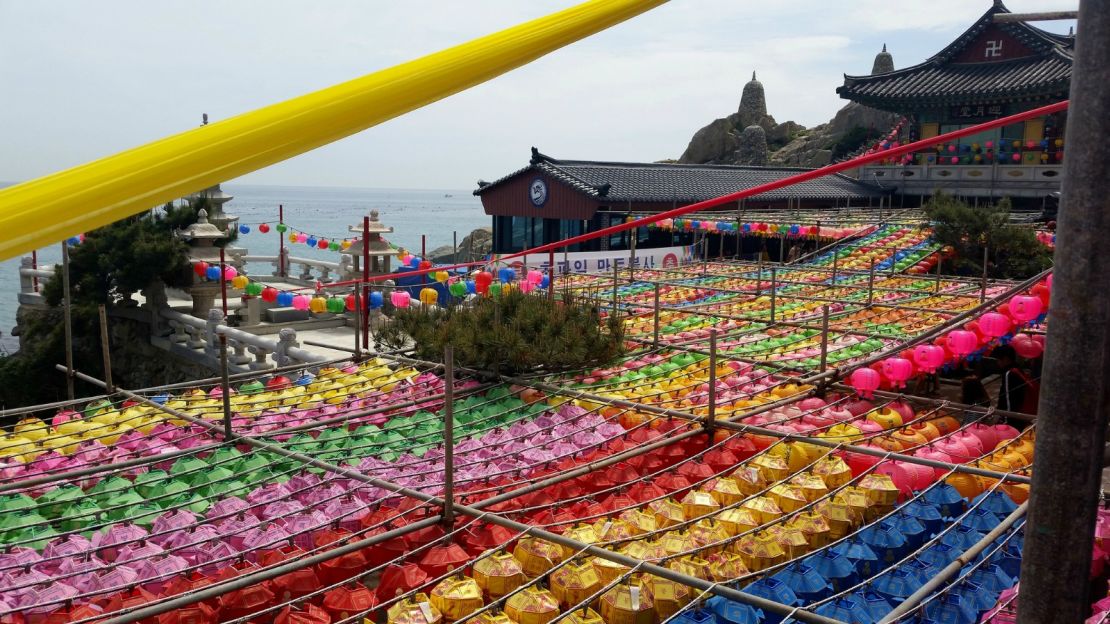
Busan’s Haedong Yonggung Temple is sits next to a cliff, making it an anomaly among Korea’s other mountain-facing traditional temples. It’s also just about as far from city congestion as one can get.
Founded by the great monk Naong, it is the south-most temple near the east sea. Many come here to worship the Great Goddess Buddha of Mercy who, legend goes, appeared from the sea on the back of a dragon clad in a white robe.
The temple was destroyed by fire at the time of the Japanese occupation, but was later rebuilt to its current state in the 1930s. Although this hideaway warrants a visit any time of year, we think it’s best to head down for the annual Lotus Lantern Festival.
9 Asian attractions that should get more attention
10. Shandur Polo Tournament, Pakistan
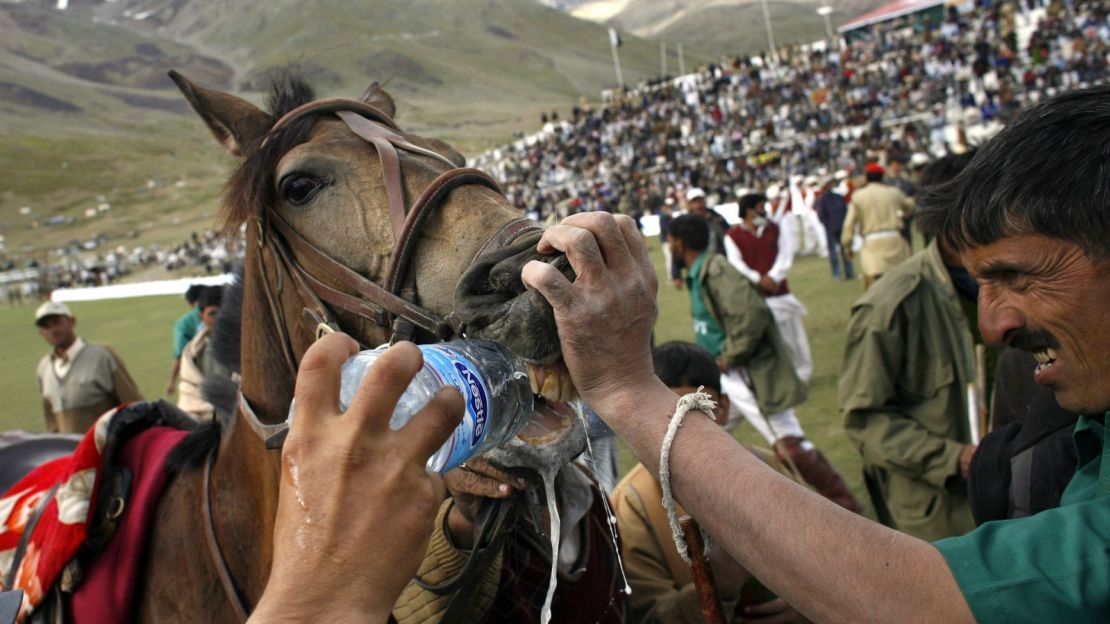
You’ll have to be one die-hard polo fan to want to watch the Shandur Polo Tournament first-hand, since it’s probably the most remote polo tournament in the world. Held every July in the Pakistian’s Shandur Pass, the horse-fuelled action occurs some 3,700 meters above sea level. It takes nine hours of bumpy driving from Chitral to the west, and 13 hours from Gilgit to the east.
Six teams from both sides of the pass compete in the contest, which has been held annual since 1936. Despite its elusiveness, however, thousands swarm to the craggy pass every year to soak in the excitement and festivities, including the country’s president.
11. Sea Urchin farm, Hong Kong
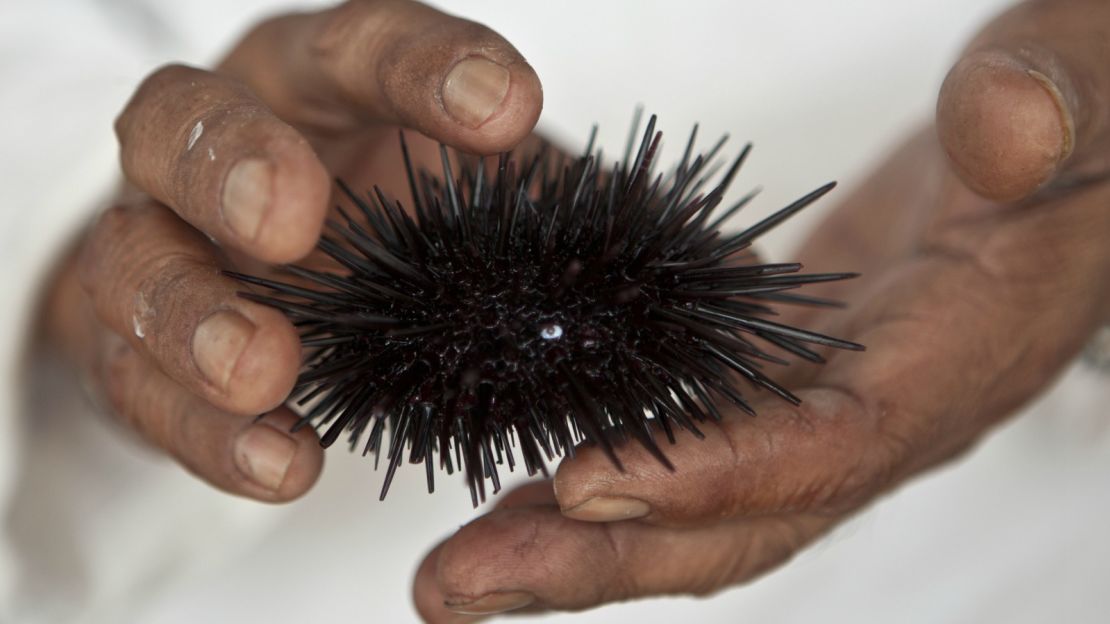
In a move that can rival Japan’s famous fish markets, Sai Kung is now farming and dishing up fresh sea urchins on the cheap in Hong Kong. A fresh purple sea urchin at the farm at Leung Shuen Wan costs less than $4.50 (HK$33). The farm is also starting to get a bit of traction among local foodie circles for its Chinese-style cooked urchin dishes, such as the steamed egg white with sea urchin and urchin spring rolls.
There are buses to Sai Kung all around the city, and the farm is located at 2 Tung Ya Village, Leung Shuen Wan.
12. Miho Museum, Japan
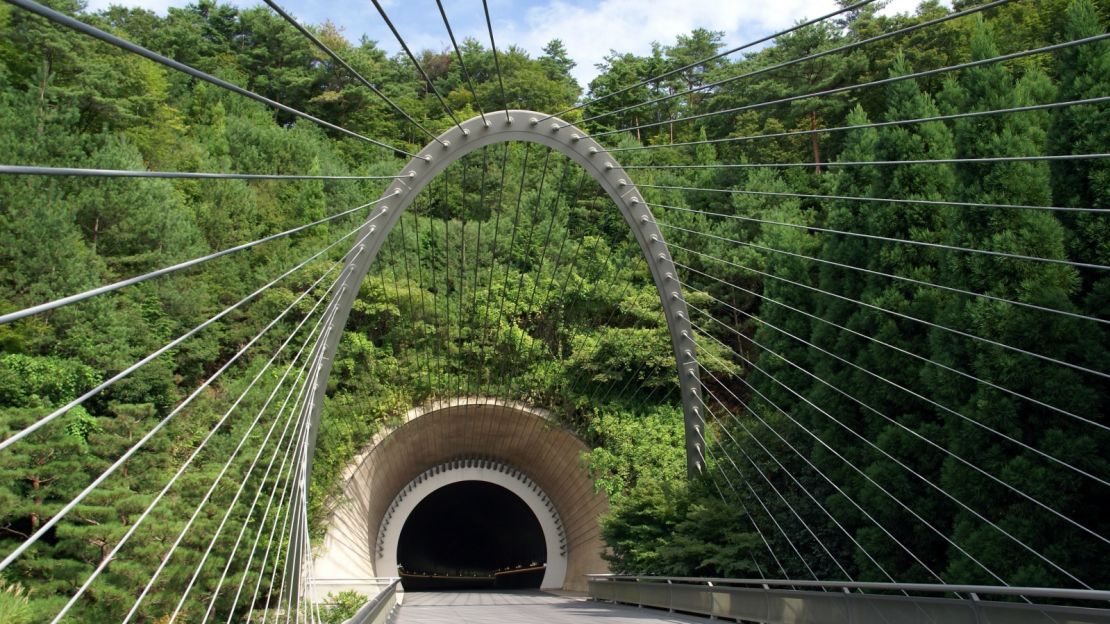
Like the Guggenheim, the architecture of Japan’s magnificent Miho Museum upstages the art inside. Not that you can spot the 250-acre structure from a distance, since 80% of it is submerged in a mountain.
The glass and limestone structure, which was designed by IM Pei, takes inspiration from an elusive Chinese utopia described by Chinese poet Tai Yuanming in the poem “Peach Blossom Spring.”
True to its evasive muse, on top of being virtually invisible from afar, to get there you’ll have to pass through a tunnel and a bridge, all neatly tucked away in Shiga Prefecture’s serene woodlands. The building’s exterior is fashioned after a Japanese shrine, and inside you’ll find, somewhat anti-climatically, around 250 Asian and Western antiques on display.
13. Terelj National Park, Mongolia
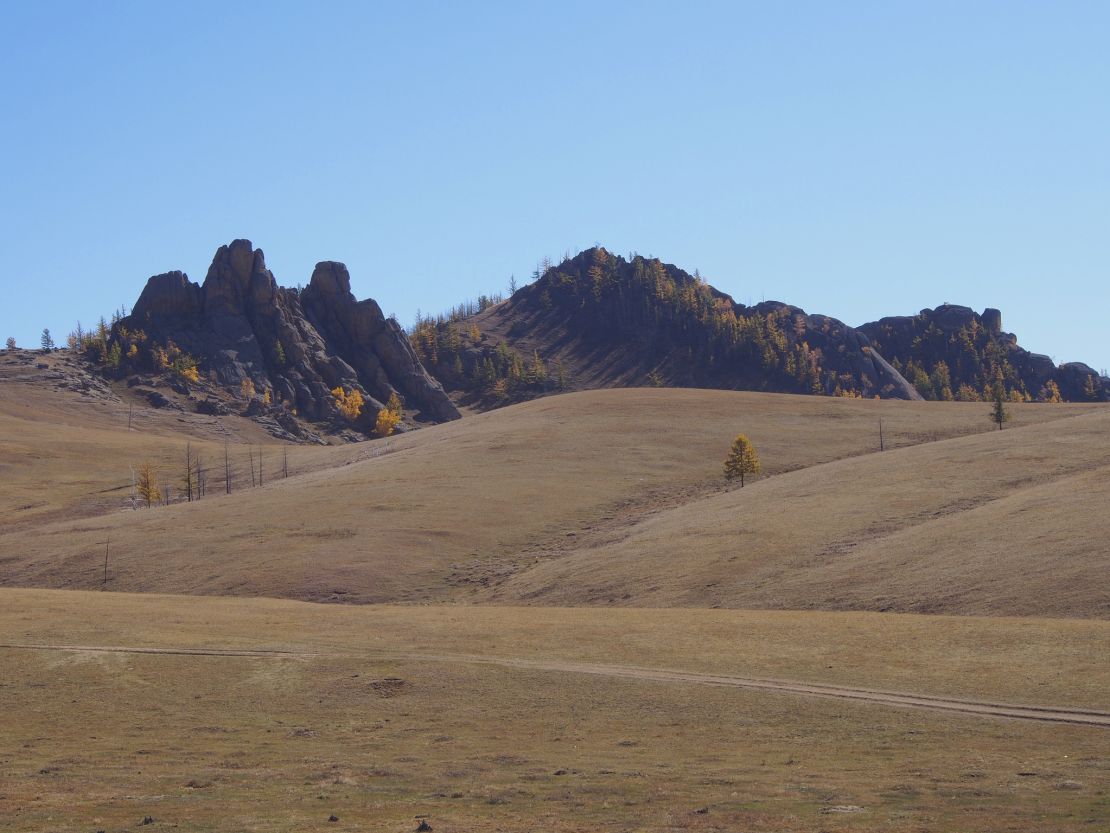
Located just 60 km from the capital, Terelj National Park offers a glimpse into nomadic Mongolian life without having to journey for days via truck and unpaved road. It can be done in a day, but many visitors choose to stay with a family and sleep in a ger, the traditional yurt dwelling that many people continue to call home.
The small area of the park that is populated can seem a bit touristy, but Terelj is vast, largely uninhabited and can be explored on foot or horseback. A few minutes ride from the main camp and you’ll see Mongolian cowboys breaking wild horses and herding sheep. Other activities include rafting, rock climbing, mountain biking and cross country skiing. Stop by Khagiin Khar Lake, a twenty meter deep glacier lake, and Yestii Hot Springs.
Tour operators in Ulan Bator such as Tseren Tours offer day and overnight trips to Terelj, including accommodation and transport.
14. Haputale, Sri Lanka
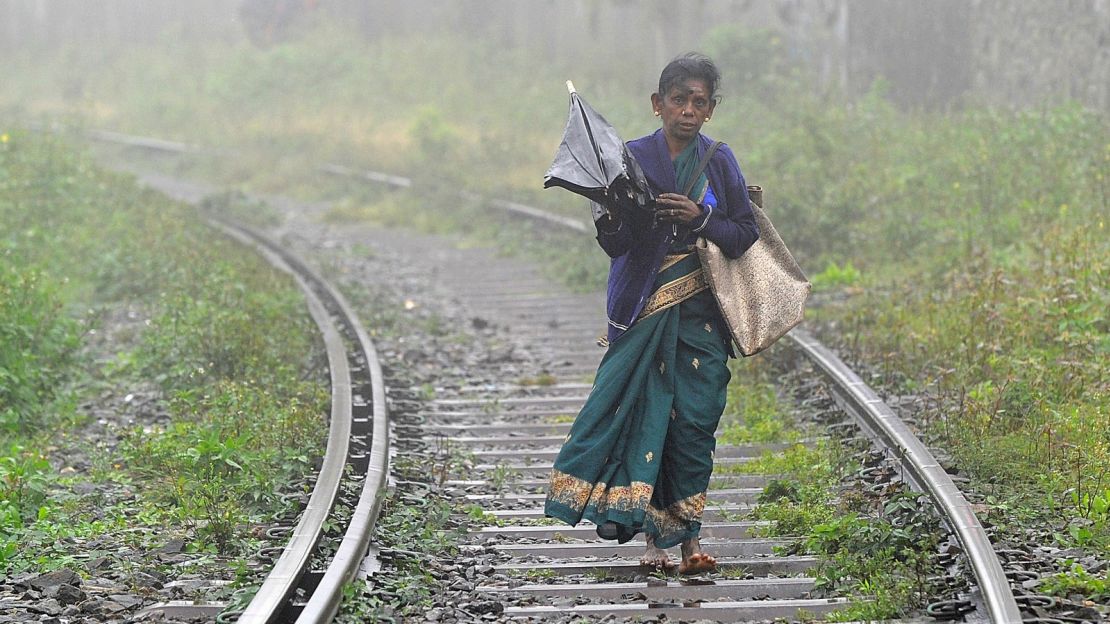
The misty Sri Lankan town of Haputale is a spectacle at dawn. Every morning, bundled-up Tamils sell English vegetables on the streets while the town’s clanging bazaars and buses slowly come alive. You’d think you were in an English market, only it’s perched bizarrely on a narrow mountain ridge with a sheer drop on both sides.
Haputale, which has an elevation of 1,579 meters, sits on the southern edge of the Sri Lankian central highlands. You’ll find remnants of Sri Lanka’s British legacy in the numerous tea plantations around the town, among them the Dambatenne Tea Estate, which processes tea leaves using Victorian machines to this day.
To get to Haputale, jump on trains on the Columbo-Badulla line to Kandy or Nuwara Eliya.
15. Hai Ba Trung district, Hanoi, Vietnam
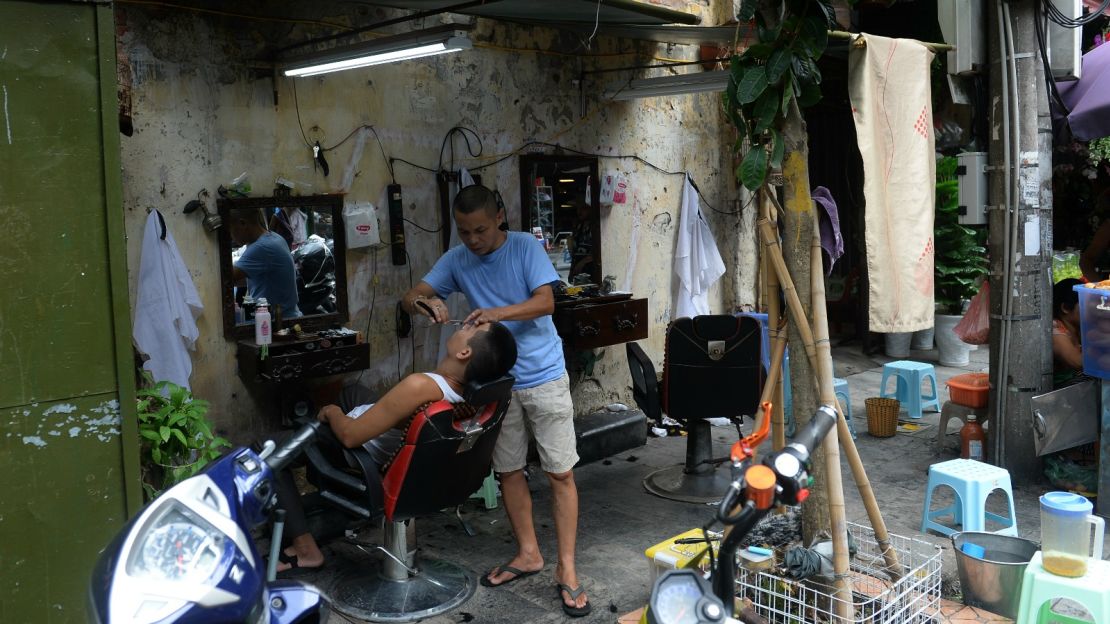
Hanoi’s Old Quarter and Hoan Kiem Lake are must-sees on the tourist circuit. The traditional architecture, street food and chaotic traffic are all very charming, but there’s more to the city than its crowded ’36’ streets. Hai Ba Trung is directly south of Hoan Kiem Lake. It’s the city’s largest residential district, stretching from tree-lined streets filled with old French colonial buildings to a university precinct.
The most interesting part of town runs from where it edges into central Hoan Kiem district south to multi-story mall Vincom Tower. Trieu Viet Vuong is famous for its thriving student cafe scene, which get busy from nightfall till 11pm on most nights. Communist-themed Cong Cafe and Tadioto, cafe-cum-bar-cum-gallery, are our favorites.
Lenin Park on the nearby Le Duan street is the capital’s largest park. If you’re lucky, you will be able to spot old folks doing tai chi against the backdrop of breakdancing youngsters in the early mornings.
12 crowd-free Asia island escapes
16. Kota Gede, Indonesia
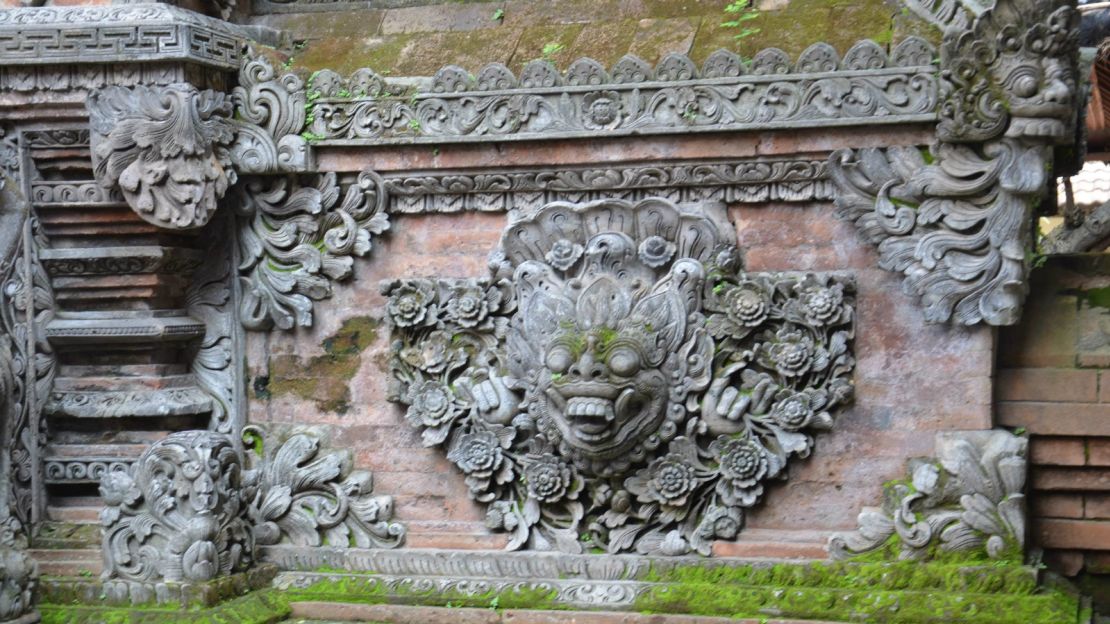
Most visitor’s first stop in Yogyakarta is the Sultan’s palace, the geographical heart of the city that’s crawling with tour buses. But nostalgic Kota Gede, better known as the old city, provides an even better view of Yogyakarta’s history.
Kota Gede’s mosque is the city’s oldest, and serves as a burial ground for past sultans and their families. The site is blissfully free from vendors and tourist crowds, and you’re likely to find only residents milling about the place eating sate, and local children watching on curiously. En route to the mosque, there are silver workshops which sell intricate silver jewelry for very little. Compared to the stuffy royal palace, Kota Gede is a lively, down-to-earth look at Yogyakarta’s beginnings.
17. Kranji farms, Singapore
For a bit of rustic relaxation in the Lion City, head over to the suburb Kranji, which has close to a dozen urban farms jostling to sell you fresh produce. Most of the farms are open to the public, and range from the organic farms such as Bollywood Veggies and Fireflies Health Farm, to a frog ranch. Hay Dairies farm Education Tour sells goat’s milk and the Hausmann Marketing Aquariam has prawn fishing and tortoise-feeding for the tots.
Kranji also offers “farm stays” – although the resort looks suspiciously like a luxury villa in disguise.
18. Pekan, Malaysia
The Malaysian town of Pekan is vastly overlooked by the tourist circuit, and we prefer it that way. Pekan is located on the banks of the Pahang River, and its relative anonymity among foreign tourists means that locals still giggle shyly when they spot strangers. There’s a promenade of old shops near the river, and a beach some 15 minutes away from the town. It also has its share of interesting sights, such as including a museum that houses a mystic dagger, and the Abu Bakar Royal Mosque.
19. Serosugil, Seoul, South Korea
With funky boutiques and offbeat eateries galore, Garosugil used to be the hippest spot in Seoul. But as the crowds boomed in Garosugil, so did the property prices. The result was an exodus of designers and small stores, and an influx of Starbucks and Mister Donuts. But in this case, the small-timers decamped only as far as the surrounding streets, dotting what had been a nondescript residential area with wonderfully atmospheric cafes, shops and bars.
Serosugil, as Garosugil’s peripheral area is now called, has clusters of wine bars and coffee shops, such as the Sugar Bean Lloyd, Sarubia and a superb sandwich place called Deli Heinzburg. Shopping freaks would want to head to vintage emporiums such as 60 Mod and Bell & Nouveau.
To get there, take subway line No. 3 to Sinsa Station, leave via exit 8, walk for about three blocks and turn left at the J Tower. The numerous small lanes running off Garosugil from the left and right all lead to Serosugil.
40 most beautiful places in South Korea
20. Edo-Tokyo Open Air Architectural Museum, Japan
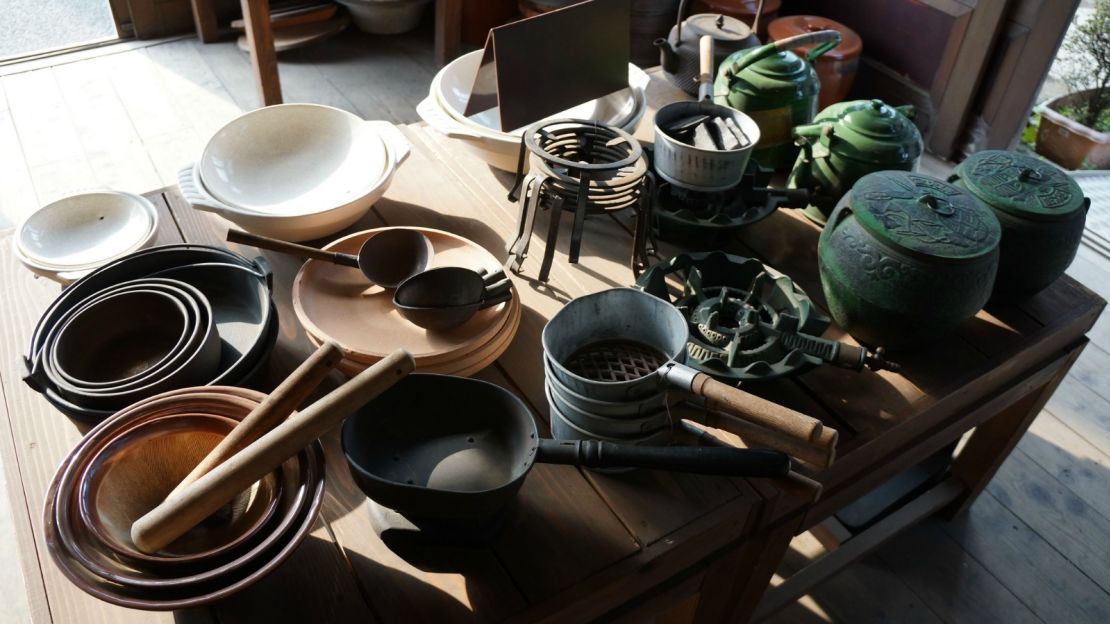
The Edo-Tokyo Open Air Architectural Museum isn’t your average stuffy, boxed-in depositary. It bends time and space by transporting preserved historic buildings from around the country and cramming it into seven hectares of open space. Better yet? Visitors are allowed to trample on the relics.
The 25 buildings on display range from Meiji-era thatched farmhouses to a prime minister’s home from the 1920s. The Edo-Tokyo Open Air Architectural Museum is located inside the Koganei Park, some 25 minutes from Tokyo’s Shinjuku rail station.
21. San Joaquin church, Philippines
In a province crammed with Spanish colonial monuments, you’d hardly think that a little church tucked away in a sleepy town would cause a stir.
Wrong. The little-known San Joaquin Church in the Filipino province of Iloilo is a shocker. Instead of limestone bricks and Virgin Marys, its bass relief disquietingly depicts a bloody battle scene, complete with rifle action and men jostled off horses.
The only church in the Philippines with a “military theme,” the San Joaquin Church was erected in 1869 to commemorate how the Spanish thrashed the Moors in the Battle of Tetuan. The church stands in the seaside town of Iloilo, which has one of the most gorgeous sea coasts in the Visayas. A flight from Manila to Iloilo takes an hour and most of the city’s destinations are accessible with a Jeepney.
22. Doi Inthanon, Thailand, the back way
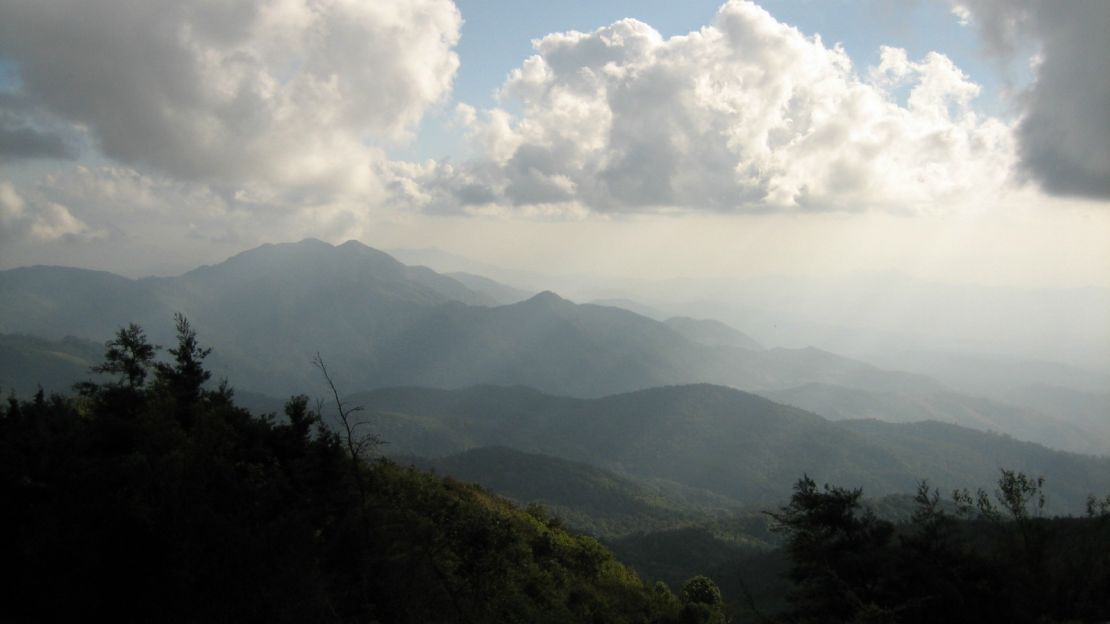
If you plan on driving up Thailand’s tallest mountain Doi Inthanonm and want to ditch the traffic along the usual route, there’s a road less traveled out back that offers an equally pretty ride.
From Chaing Mai, drive south to Chom Tong. Make a right at Sanpatong about 30 km south to hit the road to Mae Wang. As you’re bumping along on the undulating hilly roads, keep an eye out for a paved turning to the left on a ridge. Follow it and it’ll take you all the way up to the park headquarters of the 2,565 meter Doi Inthanonm, which is halfway to the summit.
23. Jungles near Tasik Chini, Malaysia
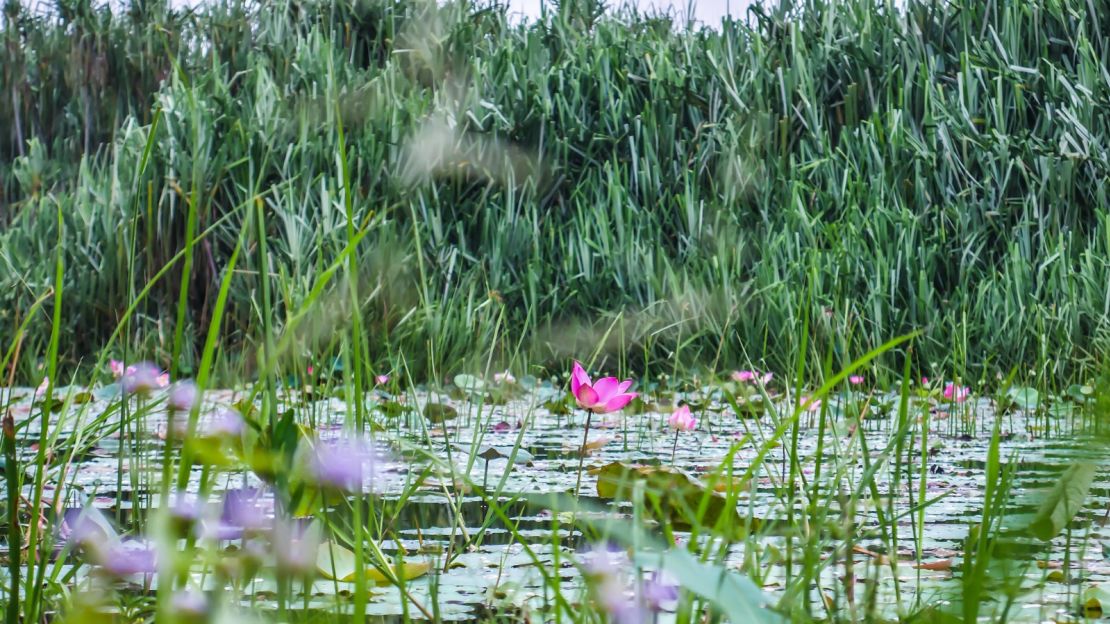
Tasik Chini is mostly known for being Malaysia’s second-largest freshwater lake, but what many people overlook are the stunning jungles on the embankment.
The forests of Tasik Chini are one of the least disturbed in the country. It’s dotted with waterfalls and caves, and is the known home of endangered wildlife such as tigers, elephants and wild boars. Bird watchers will want to wait until October to March to visit, when migratory birds flock to the area from northern Asia.
24. Tarim Poplar Forest Natural Reserve, Xinjiang
While not one of China’s most instantly recognizable landmarks, the Tarim Poplar Forest Natural Reserve of Xinjiang’s mysticism and history makes the long trek there worthwhile.
XinJiang’s tourism officials claim that 90% of the world’s diversifolious poplar trees are distributed along the Tarim River. Chinese legend has it that the poplars at Tarim could live up to a millennium, then slowly die without rotting over another 2,000 years. While we’re not entirely sold, the giant poplars at Xinjiang do give the myth reasonable cred.
Come fall, visitors will find themselves wrapped in a forest of gold and red against gentle dunes in the distance. Most visitors get to the reserve by driving from Urumqi.
Editor’s note: This article was previously published in 2010. It was reformatted and republished in 2017.



